Kinh Nghiệm Hướng dẫn What was one of the primary differences between the Northern and Italian Renaissance? 2022
Hoàng Phương Linh đang tìm kiếm từ khóa What was one of the primary differences between the Northern and Italian Renaissance? được Update vào lúc : 2022-11-14 12:30:09 . Với phương châm chia sẻ Kinh Nghiệm Hướng dẫn trong nội dung bài viết một cách Chi Tiết Mới Nhất. Nếu sau khi Read tài liệu vẫn ko hiểu thì hoàn toàn có thể lại phản hồi ở cuối bài để Tác giả lý giải và hướng dẫn lại nha.Download
Nội dung chính Show- Italian Renaissance OriginsNorthern Renaissance OriginsOverarching Themes of Italian vs Northern RenaissanceMajor Differences in Italian vs Northern Renaissance MovementsWhat was the difference between Northern Renaissance and Italian Renaissance?What was one of the primary differences between the Northern and Italian Renaissance quizlet?
Essay, Pages 3 (550 words)
Save to my list
Remove from my list
?There are many differences between Northern renaissance art and Italian renaissance art. They are quite different. While Italian renaissance art tended to show the body toàn thân in an idealistic way, Northern renaissance art hid the body toàn thân. The art was very realistic, but drapery hid the body toàn thân in a medieval fashion. That makes one major difference between the two: Italian was classical and Northern was medieval. Northern art had an immense amount of symbols in it. A good example of Northern art is the Merode Altarpiece, painted by Robert Campin in 1425-1428.
Don't use plagiarized sources. Get your custom essay on
“ Differences between Northern Renaissance Art and Italian Renaissance Art ”
Get custom paper
NEW! smart matching with writer
In this piece, there is an incredible amount of symbolism, it is painted in a medieval style (drapery hides the body toàn thân, etc. ), there’s a tremendous amount of detail put into it, and perhaps one of the most defining features of it is that it has got the patron in it. Since it was commissioned by someone besides the church, they wanted to be put in the piece of art that they paid to be painted.
The patrons of the altarpiece appear on the far left side, as if they were part of the scene itself.
Now we have Italian renaissance art. Some defining characteristics of it are that it is very classical (drapery tends to cling to the body toàn thân, revealing the perfection of all the idealized bodies), they used plenty of linear perspective (whereas Northern art was more medieval, so they didn’t much care for that), they liked using illusions in their work, and they didn’t have patrons in their work because the church usually commissioned all the art.
Botticelli’s Birth of Venus is a good example of Italian renaissance art.
It not only has tons of drapery clinging to the female’s bodies, but it also has a nude person, common in classical art. This piece shows no particular patron, and so we can assume that it was commissioned by the church. One work of art commissioned by a patron is the Merode Altarpiece. Since this is a triptych, it has three panels. The patrons, that are identifiable as bourgeoisie from nearby Mechelen, appear in the left panel (the female donor and the servant in that panel appear to have been added later by a different painter once it was completed).
Since the patrons wanted to be in it, it had to be modified from the original. A peculiar example of patrons being in a work of Italian renaissance art is the Adoration of the Magi, painted by Sandro Botticelli in 1476, and commissioned by the Medici family. The Medici family was a pretty huge giảm giá back then. Therefore, if they wanted to be in a painting, they would be in a painting. Botticelli painted many members of this high-class family in this work of Italian renaissance art.
Yet another example of patrons in a work of art is Hugo van der Goes’s Portinari Altarpiece, painted in 1475. It is another triptych, so it is divided in three. The difference between this one and the earlier one is that instead of having the patrons on just one side, they are on both sides of the piece, as if they were watching it. It is very medieval. The patrons in this seem to almost be a part of what is happening, but they don’t seem connected.
The Renaissance period of art had an overwhelming impact on the history of artistic expression throughout Europe and the rest of the world since its inception in the 15th century. While there is a much heavier focus on the Italian Renaissance, many casual art enthusiasts are largely unaware of the movement that is referred to as the Northern Renaissance.
Both movements occurred in roughly the same time period, but the Northern Renaissance took place in North Western Europe while the Italian Renaissance was popular south of the mountainous region of the Alps.
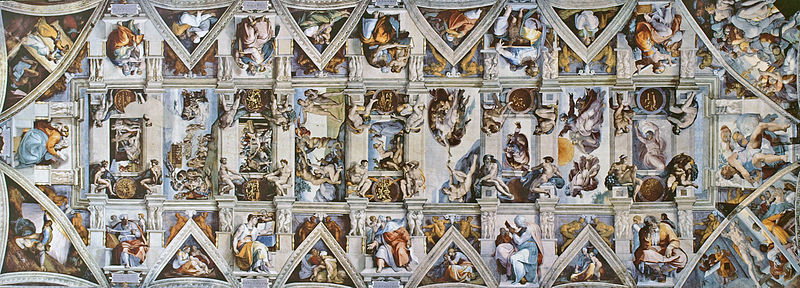
Artists from both movements involved Christian influences and principles into their works, but it was the Northern Renaissance painters who focused much more on the teachings and events surrounding the Christian faith.
The Northern Renaissance incorporated painters from the lands of present-day France, Germany, England, and many other territories while the Italian Renaissance was mostly focused in Italy, as well as Greece and other nearby coastal nations along the Mediterranean.
Art historians and critics have long been able to draw conclusions that pointed to many similarities regarding the Northern and Italian Renaissance, but a closer look both art movements reveals that there are significant differences that stand out, bringing new light to the characteristics that define the movements.
Italian Renaissance Origins
The Italian Renaissance is perhaps the most famous art period in human history. It was a time in which artists worked to improve their crafts to a much higher degree of perfection and many sought to represent some of the most famous stories, events and teachings from the Christian faith, as well as the many Greek and Roman philosophers of the day.
Also Read: Early Renaissance vs High Renaissance Art
According to many art historians and critics, the Italian Renaissance began in the 15th century and truly started to take shape during the 16th century as artists like Leonardo da Vinci, Michelangelo, Raphael, and many others carved their own path to fame by producing unmatched works of art that are still to this day considered to be some of the greatest masterpieces ever painted.
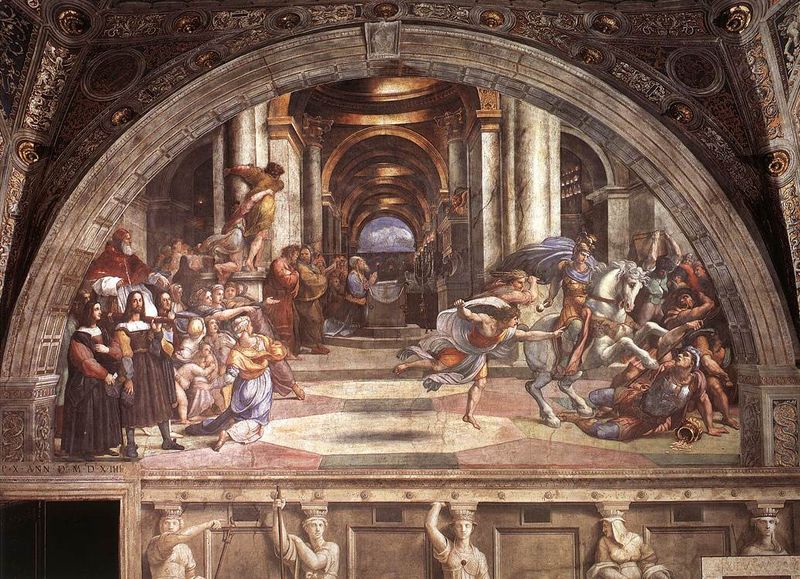
Also Read: Raphael’s Most Famous Paintings
The work renaissance refers to a ‘rebirth’ and historians point to this time period as being truly remarkable as it opened new doors in artistic expression, as well as any other fields.
Some of the most famous painters of the day like da Vinci and others were known to be brilliant inventors, philosophers, mathematicians and more.
They were proficient in a variety of areas and some of the most famous painters from the Italian Renaissance would later be credited with some of the most notable observations and inventions in the known world this time.
The Italian Renaissance sprang out of one of the darkest periods of human history in which the Black Plague killed more than one-third of the world’s known population during this time.
Once the pandemic subsided, various city-states in present-day Italy saw incredible economic and intellectual growth that would later develop into what we know today as the Italian Renaissance.
Northern Renaissance Origins
Like the Italian Renaissance, the Northern Renaissance was a time of rebirth and rediscovery of humankind’s seemingly limitless creativity that was effective in bringing about a new time period in much of Europe.
The Northern Renaissance began in roughly the latter part of the 1400s as the Black Plague had just recently subsided and people were once again opening up to travel and trade with foreign nations in a way that hadn’t been done in decades.
In Europe, countries north of the Alps mountain range like Germany and others saw significant growth in the Christian religion that spread to areas in France, England, Poland and other countries. Art historians agree that the prevalence and success of the Italian Renaissance is largely responsible for much of the inspiration of the Northern Renaissance.
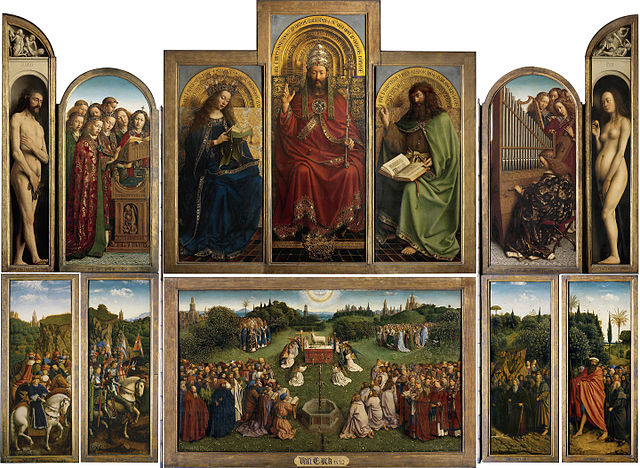
Leaders and artists alike were well-aware of the magnificent artworks that were being produced in the Italian Renaissance movement and various kingdoms sought to prove that they, too, were capable of creating masterful works of human achievement.
King Francis I of France even commissioned Italian artists—including Leonardo da Vinci himself—to come and produce artwork for his royal palace and other religious centers of the day.
The written word was also being spread very widely throughout Europe, which helped news and information of the new achievements that were occurring in the countries around the Mediterranean to reach the Central and Northern European nations.
The direction of the larger nations north of Italy would mostly be influenced by Protestant religious beliefs and powers while the Italian Renaissance remained more or less true to the Roman Catholic Church that was centered in Italy.
Overarching Themes of Italian vs Northern Renaissance
It’s no secret that much of the Italian Renaissance’s artwork was centered around Judeo-Christian beliefs, teachings, stories, and more. The movement was very closely tied to the Roman Catholic Church and the most famous Renaissance painters continued on a path that led artists to produce many depictions of well-known Biblical stories and events which resulted in a huge collection of religious paintings being produced.
The most masterful painters of the Italian Renaissance worked very hard to produce works that involved much more than the images and colors used on the surface of each painting.
In many cases, the artists sought to portray various forms of geometric perfection in their works by painting each figure in such a way as to create a perfectly proportional shape that was indicative of the divine nature of God.
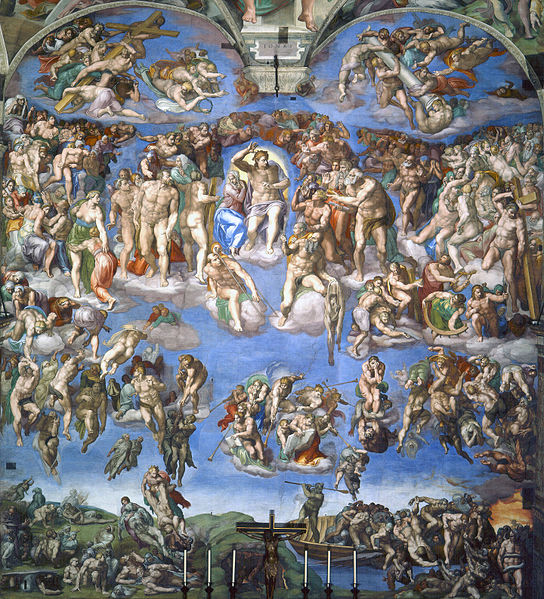
In many Italian Renaissance paintings, artists created giant murals of heavenly scenes and Biblical stories that all pointed back to the perfection and gracious divinity of the Creator.
Some artists focused only on producing religious artworks while some others painted works that were depictions of various Greek and Roman mythology. A central theme throughout the Italian Renaissance, however, was the idea of a higher power and a divine order that pertains to everything related to life on Earth.
The Northern Renaissance was quite different in this regard as painters more often focused their efforts on portraying the world around them as it really was. In some of the most famous works from the Northern Renaissance era, artists worked to depict everyone from royal families to knights and warriors and even peasants going about their daily routines.
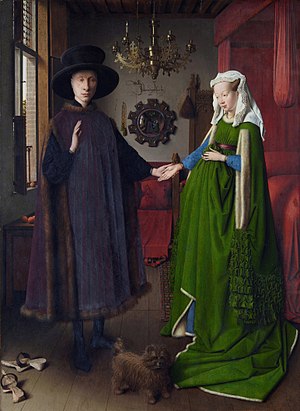
Many art historians and critics agree that the Northern Renaissance had a much more human aspect to it that would later develop into other art movements that shaped the course of history as a whole in Europe and other countries in the world.
While some of the most brilliant minds of the Italian Renaissance were driven towards philosophy and invention, most of the painters, inventors, and other bright individuals of the Northern Renaissance nations were caught up in the never-ending battles and struggles of the large nations as each one struggled to gain power over their adversaries and allies alike.
There was a high degree of intellectual achievement throughout the Northern Renaissance, but the movement as a whole could be seen through a much more humanistic lens than the Italian Renaissance.
Major Differences in Italian vs Northern Renaissance Movements
During the peak of the Northern Renaissance, most of Europe’s famous painters focused their efforts on depicting various scenes that were related to the activities or lives of normal people, as well as royalty and famous figures.
Some of the most famous Northern Renaissance paintings ever created include portraits of rulers, scenes of pivotal battles, and many other depictions that were related to humans instead of divine ideas like those of the Italian Renaissance.
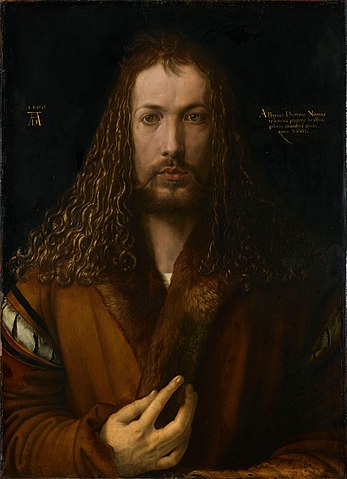
Many of the Northern Renaissance’s most famous painters did produce notable works that centered around religious events or concepts, but these works had a much more worldly outlook than those of the more pious Italian Renaissance movement.
The art of the Italian Renaissance can usually be distinguished from that of the Northern Renaissance period as it often features a clear indication of even proportionality, as well as linear perspective.
Many of the most famous painters from the Italian Renaissance period created works that featured human figures, but these were done in such a way as to focus on the perfection that the Judeo-Christian God created them with.
Some of the best examples of the divine nature of art from the Italian Renaissance can be seen in the works of Michelangelo. One of his most famous works was done inside the Sistine Chapel and a particular section of it is referred to as the Creation of Adam.
Also Read: Famous Renaissance Sculptures
This specific work depicts God as an immaculately healthy figure that is reaching out to Adam, which also possesses inherent perfection in his bodily appearance.
The artists of the Northern Renaissance were clearly more concerned with portraying religious scenes with a more secular point of view as many scenes are depicted in such a way as to make them appear in a way that might be more relatable to people of the time period in nations like France, Germany, and England.
The culture of people who lived in the Northern Renaissance was largely developed and centered around monarchies and powerful kingdoms that controlled much of the average person’s everyday life.
Many of the most notable works from the Northern Renaissance feature figures that seem a bit more stoic and realistic than those of the Italian Renaissance. Painters like Hans Holbein, Albrecht Durer, and Jan van Eyck created works that appear to be more closely resembling people who lived in their societies instead of the perfect and incredibly beautiful figures in Italian Renaissance artworks.
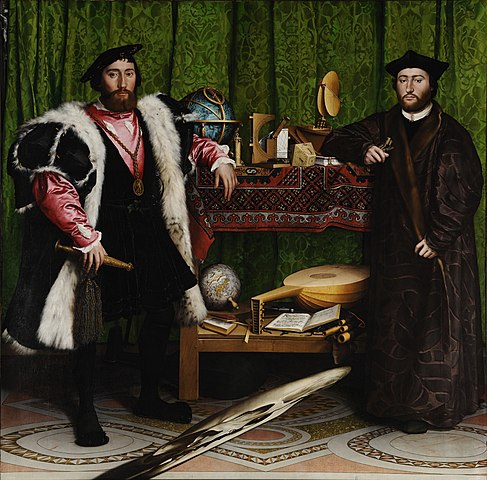
This difference might seem insignificant first glance, but it carries with it a much deeper meaning according to many art historians and critics that argue the painters of the Northern Renaissance were much less involved and concerned about expressing themselves in a way that communicated God’s ability to create perfection.
Instead, they embraced the idea that humans are in fact not perfect and therefore, capable of appearing feeble and quite ordinary compared to the figures of divine, angelic beings.
Conclusion
Both the Italian and Northern Renaissance were very closely related considering that the art movements occurred during the same stretch of history in areas that were adjacent to one another.
The main differences can be traced back to the fact that the Roman Catholic Church had a much greater influence on society—including artists—than any religious body toàn thân had over the people and painters of the nations where the Northern Renaissance took place.
What was the difference between Northern Renaissance and Italian Renaissance?
The Italian Renaissance writers focused on secular concerns and advancing the individual, while Northern Renaissance writers focused on reforming society based on Christian principles. Both movements were similar because they were based on humanistic studies of ancient Greek and Roman writers.What was one of the primary differences between the Northern and Italian Renaissance quizlet?
How is the Northern Renaissance different than the Renaissance in Italy? During the Renaissance in Italy, wealthy people and merchants used their money to sponsor artists. In the Northern Renaissance, educated people combined classical learning with interest in religious ideas. You just studied 6 terms! Tải thêm tài liệu liên quan đến nội dung bài viết What was one of the primary differences between the Northern and Italian Renaissance? Northern Renaissance